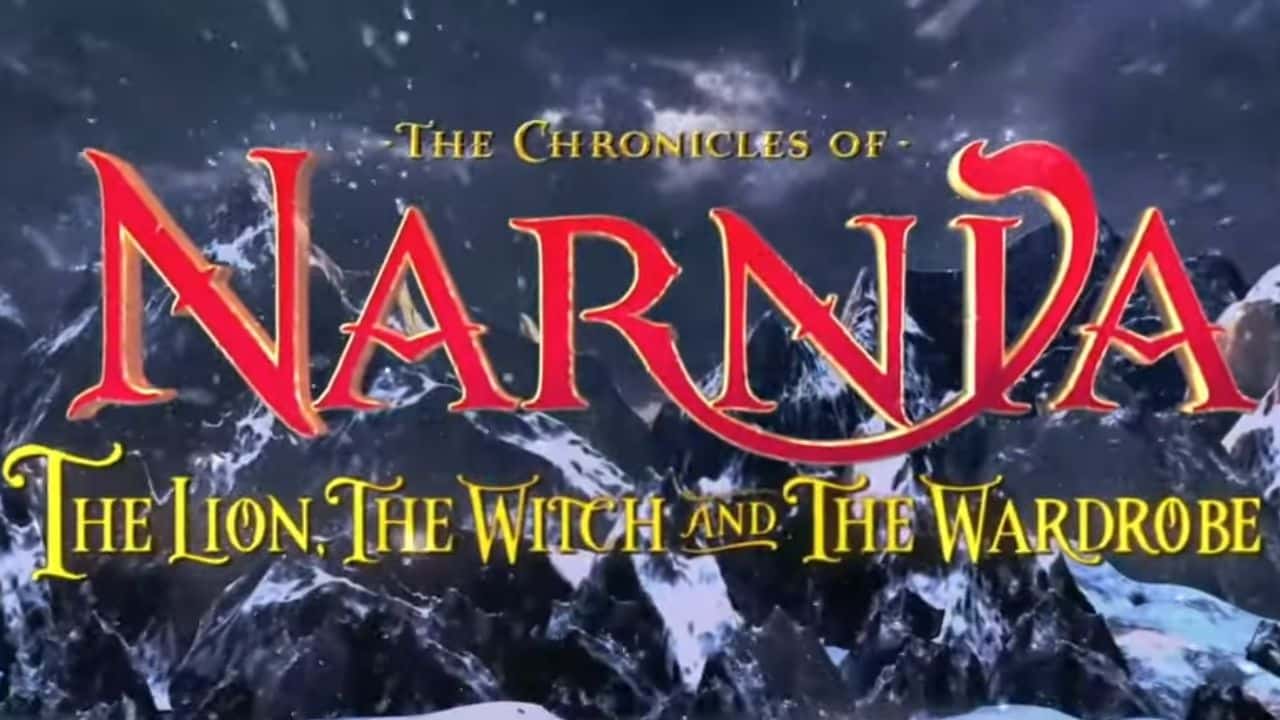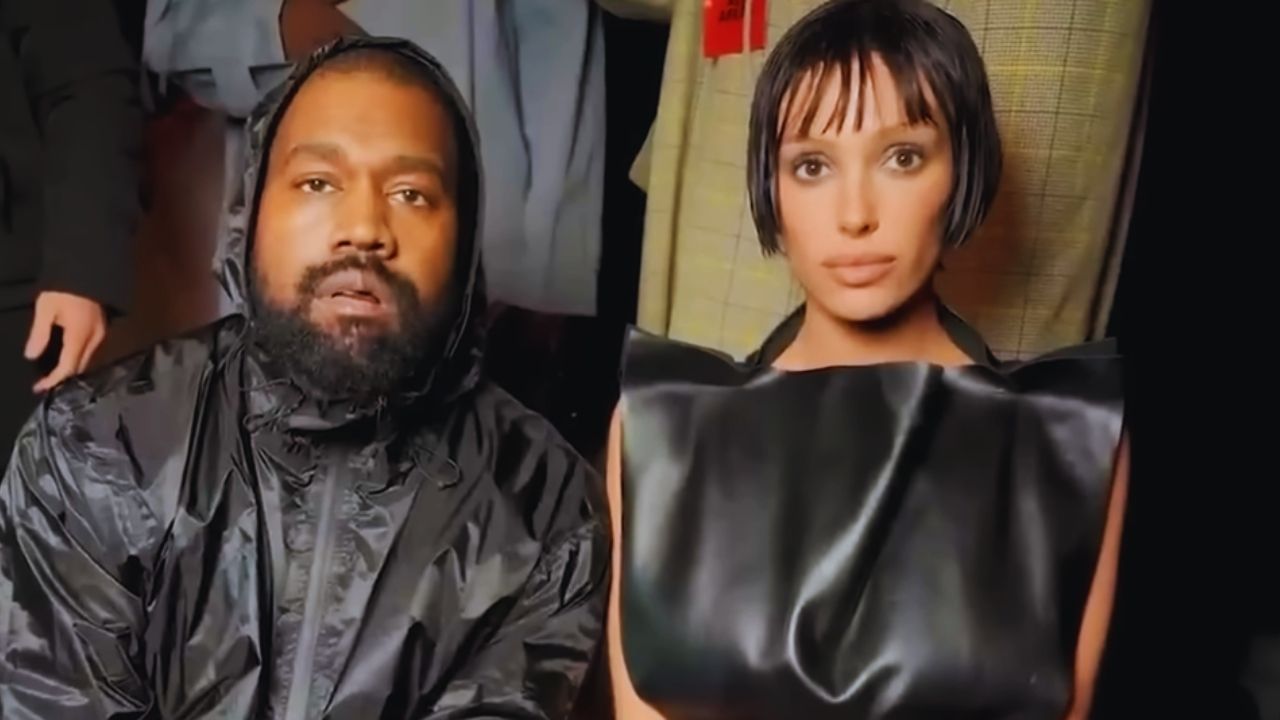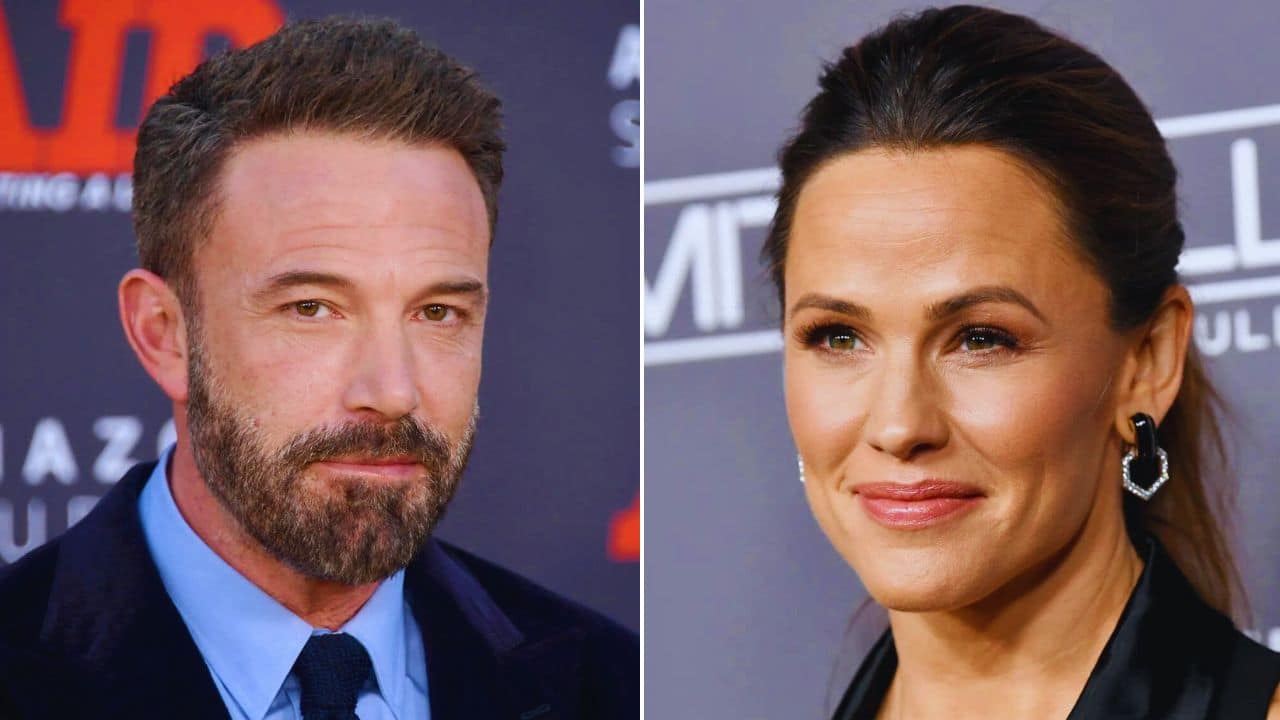New Zealand’s breathtaking landscapes are not just the pride of its locals; they’ve also become iconic settings for some of the world’s most famous movies. From towering mountains to tranquil lakes, New Zealand’s scenery has lured filmmakers and enchanted audiences worldwide.
If you’re a movie enthusiast or a fan of stunning destinations, you’ll want to dive into this cinematic journey. For more insights into the wonders of New Zealand, visit newzealanddaily.co.nz and discover everything this unique country has to offer.
The Land of Middle-earth: The Lord of the Rings and The Hobbit
When thinking about movies filmed in New Zealand, Peter Jackson’s The Lord of the Rings and The Hobbit trilogies inevitably come to mind. These epic films brought J.R.R. Tolkien’s fantastical Middle Earth to life, and New Zealand played a starring role. From the lush greenery of Hobbiton in Matamata to the dramatic peaks of Mount Ngauruhoe (aka Mount Doom), each location immerses viewers in an otherworldly experience.
For fans, visiting these filming locations feels like stepping directly into the movies. Hobbiton has been preserved as a permanent attraction, complete with hobbit holes and the famous Green Dragon Inn. Even casual travelers are charmed by its whimsy and charm. Meanwhile, Tongariro National Park offers an awe-inspiring adventure for hikers and film buffs alike, with guided tours to its cinematic landmarks.
Adventure Awaits: The Chronicles of Narnia
C.S. Lewis’ beloved series, The Chronicles of Narnia, also found a magical home in New Zealand. The filmmakers transformed Cathedral Cove on the Coromandel Peninsula into Cair Paravel, the royal castle of Narnia. The stunning coastal cliffs and crystal-clear waters make it easy to see why this location was chosen—it feels like a portal to another realm.
Further south, the rugged Purakaunui Bay in the Otago region served as a backdrop for the dramatic landscapes in Prince Caspian. These locations highlight New Zealand’s versatility, capable of embodying both the serene and the epic.
Thrills and Chills: Mission: Impossible—Fallout
Tom Cruise brought his high-octane Mission: Impossible series to New Zealand for its sixth installment, Fallout. The stunning scenes filmed in Queenstown showcase the region’s dramatic vistas. From helicopter chases to daring climbs, the raw beauty of the Southern Alps heightens every pulse-pounding moment.
Queenstown has long been a magnet for thrill-seekers, offering everything from bungee jumping to jet boating. Visiting these filming sites gives you a taste of the adrenaline that defines both the movies and the region itself.
Exploring Unconventional Gems: Whale Rider and The Piano
Not all New Zealand-based films rely on fantasy or action. The deeply moving Whale Rider, set in the coastal town of Whangara, captures the rich traditions of Māori culture. Its heartfelt story, centered on a young girl’s determination to honor her heritage, resonated with audiences worldwide and brought attention to the cultural depth of the region.
Similarly, The Piano, an Oscar-winning drama directed by Jane Campion, used the hauntingly beautiful Karekare Beach as a key location. The raw, untamed setting reflects the intensity of the film’s narrative and remains one of New Zealand’s most visually striking spots to visit.
The Future of Filmmaking in New Zealand
Thanks to its diverse landscapes, world-class film studios, and talented crews, New Zealand continues to be a hub for international filmmakers. Projects like James Cameron’s Avatar sequels are taking full advantage of the country’s cutting-edge technology and stunning scenery. These films not only showcase the land but also highlight New Zealand’s growing role as a leader in cinematic innovation.
Make It Your Own Movie Adventure
For travelers and movie buffs alike, exploring these iconic filming locations is an unforgettable experience. Whether you’re walking in Frodo’s footsteps, standing where Narnia came to life, or soaking in the cultural depth of films like Whale Rider, New Zealand offers an adventure that blurs the line between reality and cinema.









































